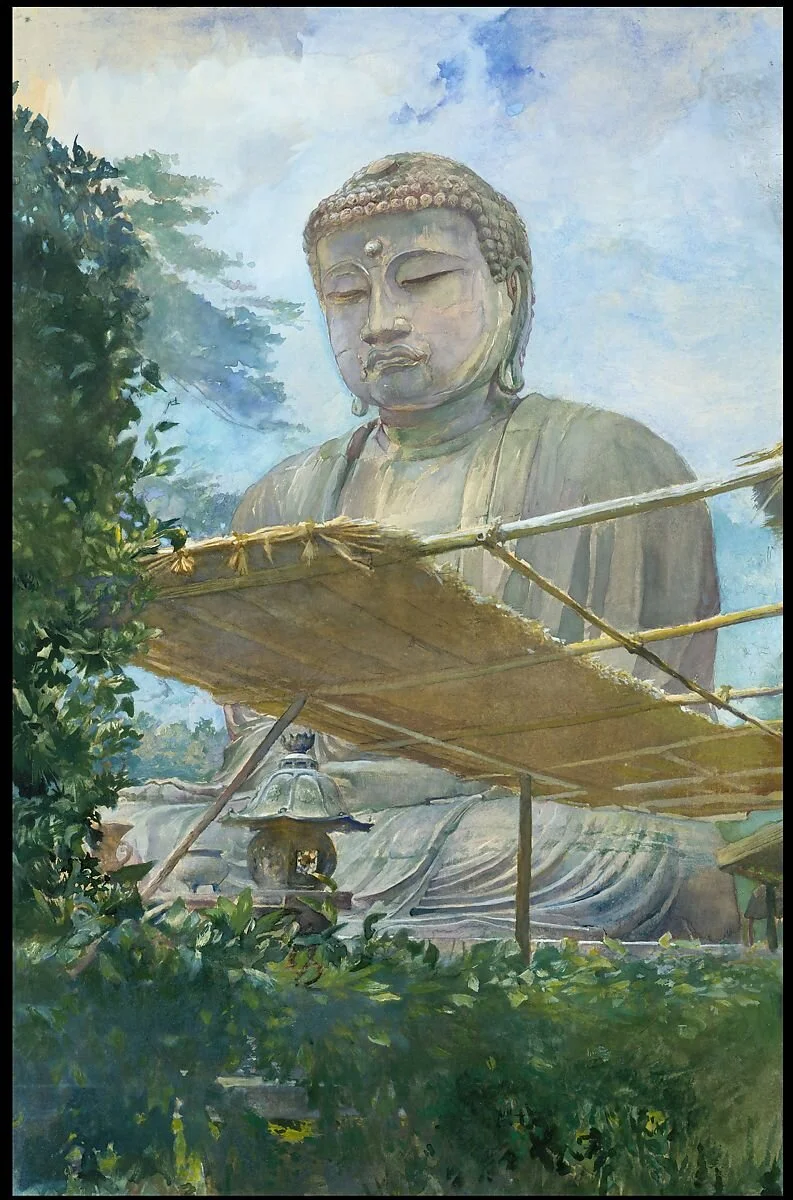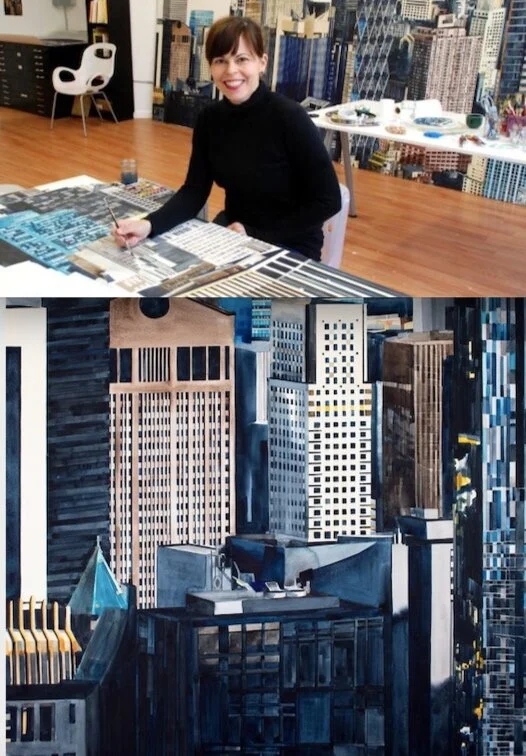watercolor paint
Watercolor, also known as Aquarelle, is made of color pigment and gum arabic and can be thinned with water.
Watercolor, also known as Aquarelle, is made of pigment and gum arabic and is thinned with water.
Watercolor paper is thick with a very textured surface to soak in the liquid.
accuracy
Painting with watercolor requires an attention to detail. One needs to plan ahead for placement of delicate lighter areas, working carefully into deeper colors.
highlights & shadows
Often, a watercolor artist will do a graphite pencil sketch of the subject to plan out where the highlights will be. In this way, the white of the paper is left alone to create a highlight, while deeper, more intense pigment can be used for the shadows.
washes
When an artist considers working in watercolor, he or she chooses this medium for accurate or flowing areas not easily created with oil or acrylic paints. Washes are created by painting a layer of watercolor, then letting it dry fully, then painting over it again. Although some paint from the lower layer will re-hydrate, the final effect is unique.
transparency
In aquarelle, or watercolor, particles of color pigment are suspended in water. Because the pigment is not strong, transparent layers can be painted over one another. However, one must be careful of the fragile nature of the watery colors.
fluidity
A fundamental characteristic of watercolor is the flow of color that happens while working and the fluidity that is apparent after drying. Bleeding of wet color creates effects only possible in the physics of this medium.
DETAIL
Some artists are interested in depicting subtle details on a tiny scale. When an artist combines a graphite drawing with watercolor, he or she can use the special pigments in the paint to ‘color in’ areas with very specific hues and a high degree of accuracy.
-
-
-
-
-




























